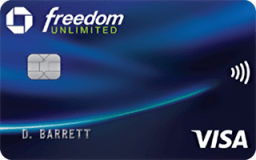Buying a car online means taking strategic steps to secure the best deal. Start by setting a budget using online tools like an auto loan calculator, and explore trade-in options with CarMax and Carvana for maximum savings. You can also obtain pre-approved financing to streamline your process and schedule test drives to assess the car's performance.
We've compiled nine steps to help you smoothly navigate the online car buying process, including tips on avoiding scams, scheduling thorough inspections and post-purchase essentials for a stress-free experience.














